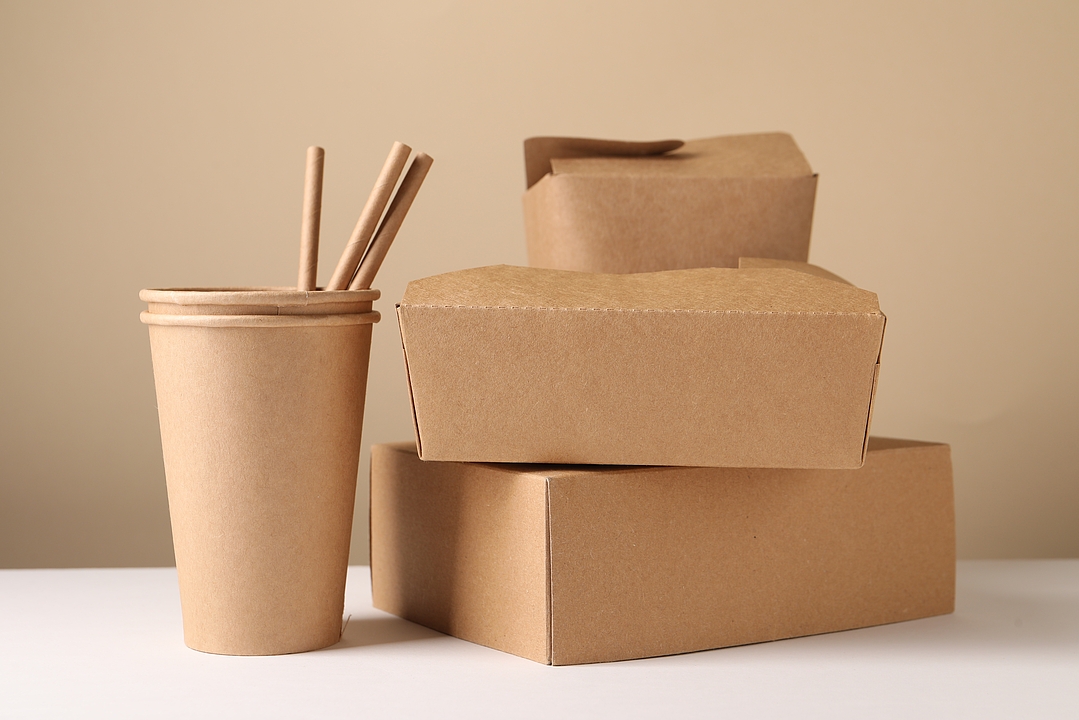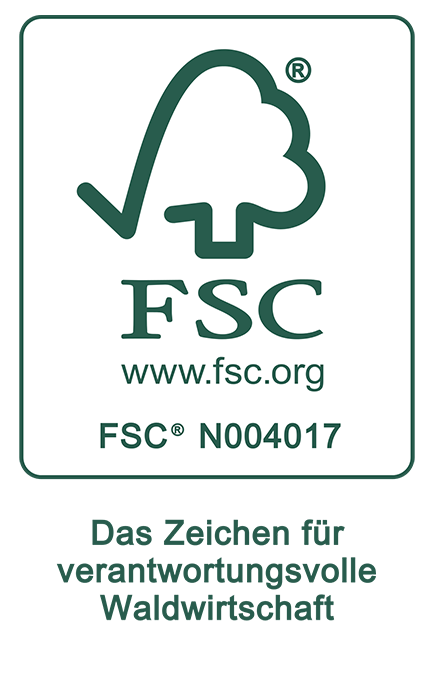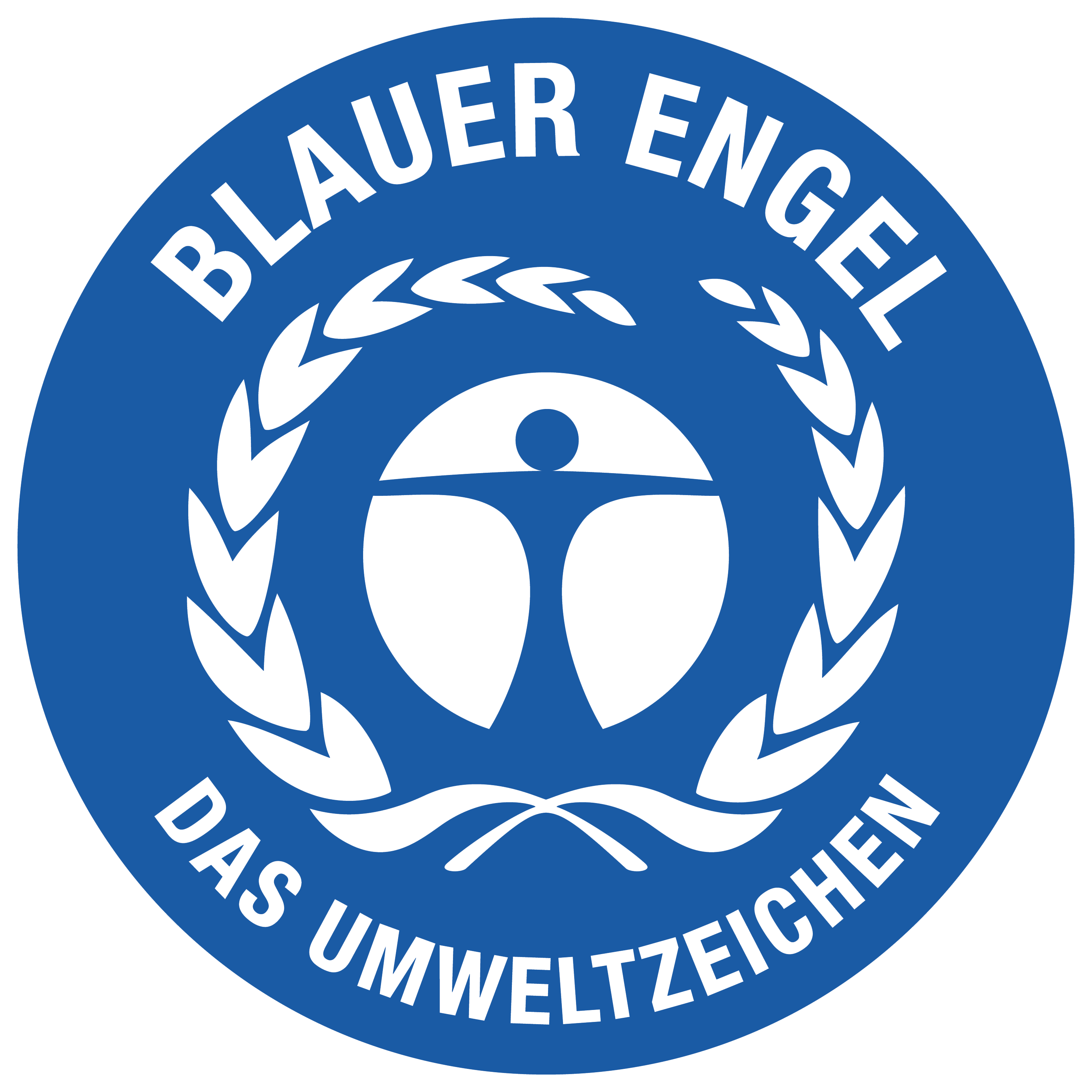
Packaging
Relevance and scope
The demand for paper is increasing almost on a daily basis, especially in industrialised countries, as many everyday products, such as toilet paper, require wood as a resource. Also included is all product packaging made of paper or cardboard. It is quite shocking to realise that almost half of the wood felled is used in the paper industry. The forests are suffering from the deforestation of huge areas and the unauthorised, illegal felling of trees. As a result, there is a serious and momentous depletion of the forest resource, with considerable consequences for the entire planet.
Accordingly, consumers can also contribute to sustainable paper production by limiting their paper consumption and opting for sustainable identification when making purchases. The ZHG also wants to improve the use of wood as a resource and is focussing on greater sustainability. The following statements apply to all articles falling under the responsibility of the ZHG that contain wood in the form of paper and/or cardboard in the primary packaging. Our focus is not only on wood as a resource, but also on the limited, non-renewable raw material crude oil, and we are also working on changing the way we deal with plastic packaging.

FSC
The FSC® - "Forest Stewardship Council®" - is an independent and non-profit organisation that feels responsible to protect the natural resource forest in the categories of economy, ecology and social issues in order to be able to guarantee its existence in the future. Consumers can also play their part by only purchasing paper or wood products labelled with the FSC mark.
There are three different FSC labels: one label for products that are made from material that comes 100% from an FSC-certified forest (FSC 100%), another label that indicates that a product is made from 100% recycled raw materials (FSC Recycled) and a third label that stands for a mixture of FSC-acceptable raw materials (FSC Mix).

PEFC
The "Programme for the Endorsement of Forest Certification Schemes" is an international procedure for the certification of wood and paper products from sustainably managed forests, for which the associated renowned abbreviation PEFC stands. A large group of different stakeholders from various sectors, such as nature conservationists, forest owners and representatives of the industrial sector, are working together to make forestry as sustainable as possible.
PEFC is thus committed to forest sustainability and ultimately to the preservation of forests. PEFC also has an identification mark that provides consumers with guidance and the opportunity to make their own contribution to sustainable forest management.

Blauer Engel
The Blue Angel is a German eco-label of the Federal Government, which currently labels over 12,000 environmentally friendly products and services. For more than 40 years, products and services that are more environmentally friendly than comparable offerings have been awarded the independent and demanding seal. When awarding the Blue Angel, the entire process is taken into account, thereby guaranteeing that high standards of environmental, health and usage properties are met. The individual criteria to be assessed are selected for each product category and reviewed by the Federal Environment Agency every three to four years.
This encourages companies to constantly make their products more environmentally friendly. The Blue Angel is awarded by the Federal Ministry for the Environment, Nature Conservation and Nuclear Safety, the Federal Environment Agency, the Environmental Label Jury and RAL gGmbH. The current ZHG range includes toilet paper, kitchen towels and bin liners labelled with the Blue Angel.
Measures
There is currently a three-element basic strategy for dealing with packaging: first and foremost, it is important to reduce the amount of resources used to produce packaging, for example by using reusable packaging or reducing the amount of material used. If the use of reusable packaging or the reduction of packaging is not possible, recycling is used in the second step - e.g. by using recycled materials or improving the recyclability of the packaging used. If, for example, the nature of the product does not permit this either, the third principle in the area of wood - certification - is supported. In the area of plastics, additional packaging is already being eliminated.
Medium term
The objective is therefore to reduce packaging materials wherever possible and practical and to optimise packaging or switch to innovative, sustainable packaging. For essential packaging, certification according to FSC, PEFC or with the Blue Angel label is aimed at. We currently consider these three certifications to be equivalent. Work is currently taking place on special projects to reduce and optimise packaging. Care is always taken to ensure that transport safety is not compromised in any way. The constant level of transport safety ensures that food waste resulting from a lack of transport safety is minimised.
Current examples and planned projects illustrate our commitment to sustainable conduct and business practices when it comes to packaging: certain packaging reduction and optimisation measures include the introduction of reusable lids for 500 g yoghurt pots, the switch to multi-component pots, the elimination of additional paper warps and the application of separation information to products (but only where appropriate, i.e. when there are at least two material fractions in the item). Furthermore, in the medium term, alternatives to aluminium blanks that are already prevalent in the white line (milk and dairy products) must be examined and, if necessary, launched. A voluntary commitment to use certified material only when using virgin fibres in sales packaging is being examined.
Long term
The long-term objective is to replace traditional plastic packaging with plastics made from rapidly renewable raw materials.
In the long term, we are committed to implementing further projects relating to ZHG's three-element strategy for handling packaging. Product quality must be maintained in every respect. The definition of recycling rates and their verifiability is also currently being examined.
